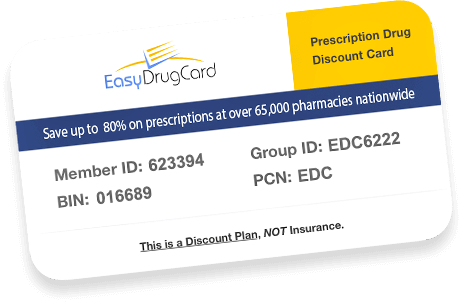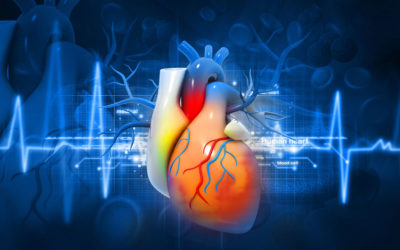Amlodipine
An 83 year old Iowa woman in an assisted living facility recently had what appeared to be either a petit mal seizure or a transient ischemic attack. She was sitting in front of the TV when suddenly she was detached and unresponsive. Her physician discontinued her amlodipine. This was surprising, and perhaps unnecessary, since amlodipine is generally very well tolerated.
Amlodipine is a calcium channel blocker that was first marketed by Pfizer in 1990 as the brand name drug Norvasc™. Calcium entering from outside cells produces contraction of vascular smooth muscle and muscle cells in the heart. Calcium channel blockers slow the entry of calcium into cells and thereby produce relaxation in blood vessels. This can lower blood pressure and can also help patients with angina, chest pain caused by the heart working too hard and not getting enough blood flow. While some calcium channel blockers are avoided in patients with heart failure because they can further weaken the heart, amlodipine appears to be safe in many heart failure patients.

Amlodipine and You!
Amlodipine is a medication commonly used for hypertension.
- It is also approved for coronary artery disease with chest pain, valvular heart disease and pulmonary arterial hypertension; amlodipine can be used in patients with heart failure.
- Amlodipine can also be combined with other drugs for control of cholesterol or hypertension.
Amlodipine is available as both brand (Norvasc™) and generic formulations in tablets of 2½, 5 and 10mg. Typical starting dosage for adults is 5mg daily taken orally with or without food; pediatric patients over 6 years old should start with the lower 2½mg dosing. Geriatric patients are generally more sensitive to many drugs and may be started on amlodipine 2½ or 5 mg.
Amlodipine is well-absorbed orally.
- It reaches its peak blood level in 6-12 hours and produces notable decreases in blood pressure within 1-2 days.
- Amlodipine stays in the body for several days following oral administration.
- Its half-life of 1½ to 2 days means that its blood levels decrease by half over a several day period.
- Amlodipine is metabolized in the liver by the enzyme CYP 3A4 – one of the most common drug metabolizing enzymes – and is eliminated through the kidneys.
The most common adverse effect with amlodipine is edema, the inappropriate disposition of fluid in the legs or lungs. Leg edema – swollen ankles – typically occurs within 2 to 3 weeks of starting the drug. It is more common in heart failure patients and in women taking amlodipine. Other common adverse effects include palpitations, abdominal complaints and nausea, dizziness, headache and fatigue.
Geriatric patients can be particularly sensitive to drug action and adverse drug effects.
Older patients should start at the lower 2½ or 5mg dosage and monitor for adverse effects. Amlodipine effects – both therapeutic and adverse – can be affected by changes in liver, kidney or heart function in older patients. Older patients may have greater antihypertensive effects. Older patients are more likely to encounter constipation while taking amlodipine, but the drug does not cause significant central nervous system effects.
Amlodipine is not preferred for treating hypertension during pregnancy or lactation. It crosses the placenta into the fetal circulation and it is not established as a safe drug during fetal development. It is also present in breast milk at concentrations considered inappropriate for infants.
Amlodipine is a very common drug with a number of drug-drug interactions. Have your pharmacist check your prescription and nonprescription drugs for interactions, including those with amlodipine. If you have questions about your medicines, your prescriber or pharmacist can help.
Resources:
NIH PubMedHealth: Amlodipine











